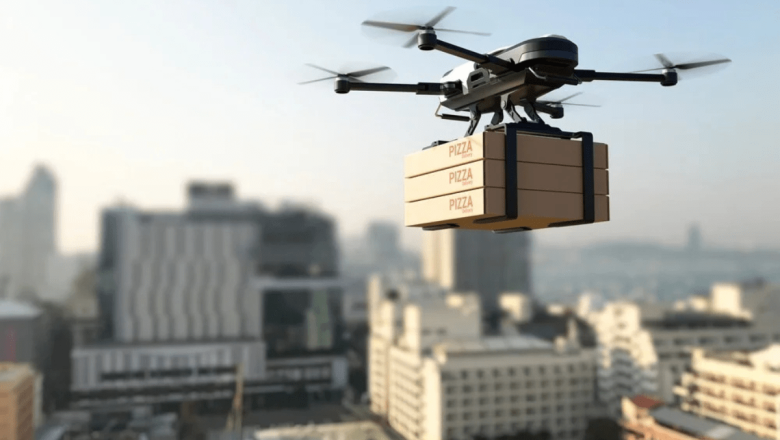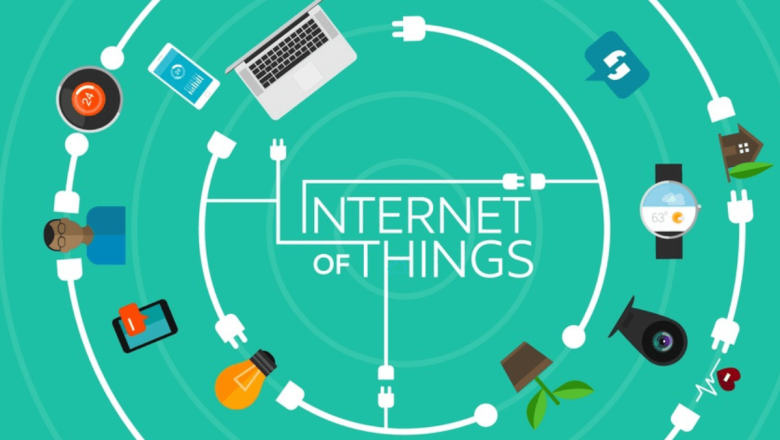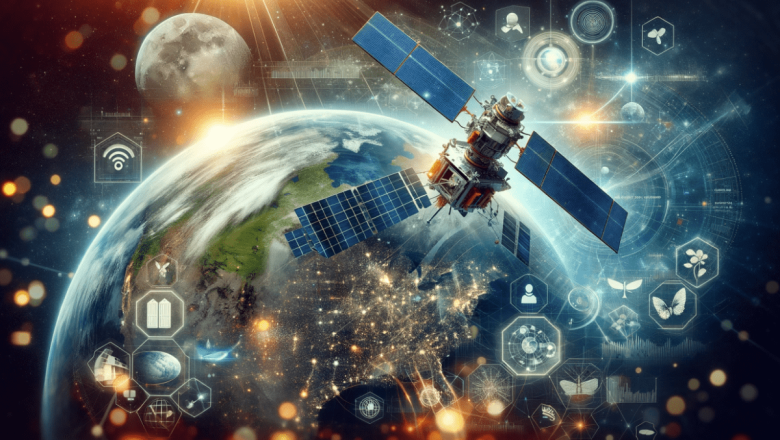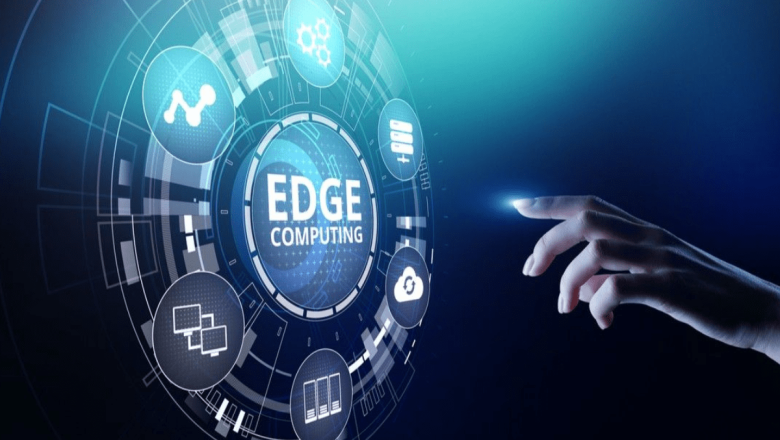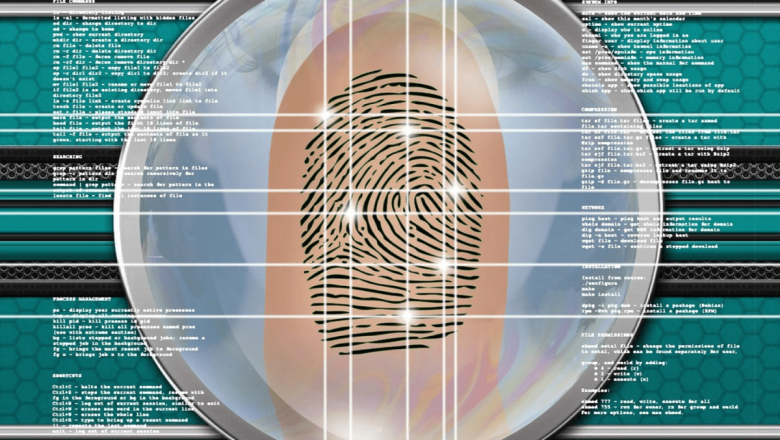
Next-Generation Sensors for Smart Infrastructure
With urban and industrial areas being digitized, next-generation sensors are becoming the building blocks of smart infrastructure. Next-generation sensors facilitate real-time sensing of data, monitoring, and automation and are redefining city and industrial network operations.
From energy-efficient buildings to intelligent transport systems, sensors are revolutionizing infrastructure efficiency, safety, and sustainability.
The Role of Sensors in Smart Infrastructure
Even more brilliant infrastructure is fueled by data-driven decision making and its strongest fuel source: sensors.
Advanced sensors are able to track and detect temperature, humidity, vibration, air quality, and traffic volume and provide critical feedback to maximize performance and minimize dow...

